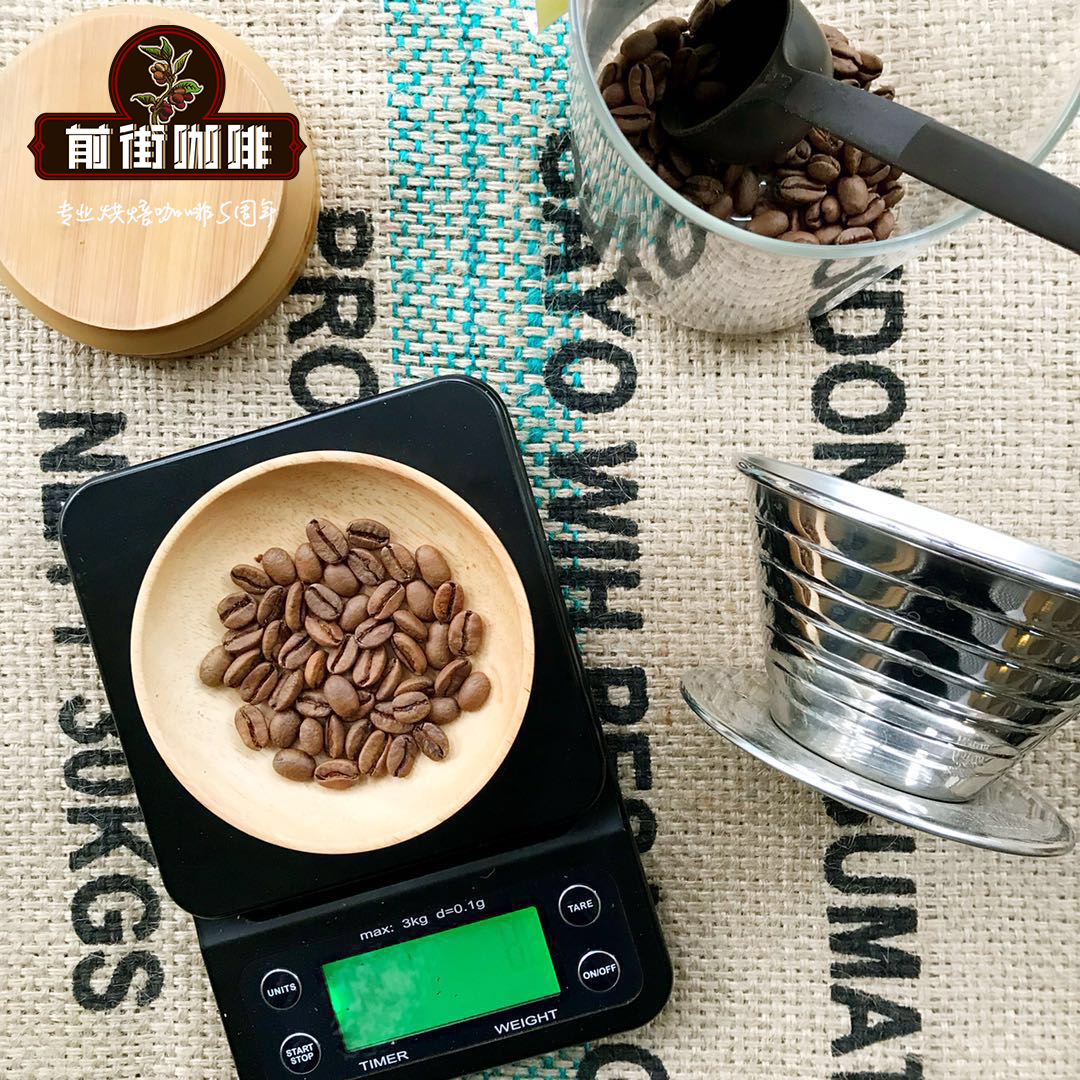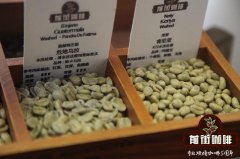China Coffee Bean Import data _ Chinese Coffee Bean Market Forecast _ where can I find Coffee beans in Guangzhou

Professional coffee knowledge exchange More coffee bean information Please pay attention to coffee workshop (Weixin Official Accounts cafe_style)
China's coffee imports will reach 124,000 tons by 2020
The Chinese coffee market is experiencing rapid growth.
There are four main types of imported coffee beans: unroasted coffee without caffeine extraction, unroasted coffee with caffeine extraction, roasted coffee without caffeine extraction, and roasted coffee with caffeine extraction. Green beans (unroasted coffee without decaffeination) accounted for 93.3% of the total domestic import market, with Vietnam as the largest importer. According to market research firm QYR analysis, it is estimated that China's coffee bean imports will reach 124,000 tons in 2020, and the average annual growth rate of coffee bean imports will reach 9.6% from 2014 to 2020.
(2) According to relevant Chinese laws, coffee beans and their peripheral products (except sugar) are free trade goods. Beijing, Shanghai and Guangzhou are the three largest coffee trading centers and coffee trade distribution centers. Coffee bean importers mainly operate four kinds of business: coffee bean processing, wholesale, sales; coffee equipment sales, training, service; coffee powder, coffee sugar, milk ball sales; provide coffee shop operators complete support. At present, coffee bean importers in China's sales model are: the establishment of distribution system, direct sales, commission. Distribution channels may take many forms at multiple levels (usually two levels in the domestic market), including importers directly to cafes and hotels, as well as primary distributors directly to cafes, secondary distributors directly to drinkers, etc.
(3) At present, in the whole coffee bean industry chain in China, imported raw beans (especially Vietnamese raw beans) are more competitive, and the profits of coffee sales middlemen are quite high. The gross profit of regional distributors and wholesalers is between 20% and 30%. The gross profit of importers is higher if they adopt direct sales.
(4) In terms of competitive strategy, in the market environment where most end-consumer places, including Starbucks, mainly focus on blended coffee, most importers take the low-end route, that is, taking Southeast Asia as the main source of beans and roasting non-produced blended coffee. There are also some importers such as Shanghai Dehui Food Co., Ltd., whose products are positioned in the high-end market such as foreigners, hotel senior business people, returnees and coffee enthusiasts.
Coffee beans made in China
Front Street Coffee roasted domestic coffee beans-Yunnan small coffee tin card in the brand and quality are fully guaranteed. More importantly, the cost performance is extremely high, 227 grams per pack, the price is only about 69 yuan. According to the calculation of 15 grams of coffee beans per cup of coffee, a pack can make 15 cups of coffee, each cup only costs about 5 yuan, compared with the price of dozens of pieces of coffee sold in cafes.
Qianjie Coffee: Guangzhou's baking shop, small store but a variety of beans, can find a variety of famous beans, but also provide online store services. https://shop104210103.taobao.com
Important Notice :
前街咖啡 FrontStreet Coffee has moved to new addredd:
FrontStreet Coffee Address: 315,Donghua East Road,GuangZhou
Tel:020 38364473
- Prev

Flavor performance of Chinese-made coffee beans Yunnan coffee Katim tin card small-grain coffee beans
Professional coffee knowledge exchange more coffee bean information Please follow the coffee workshop (Wechat official account cafe_style) for a long time, domestic coffee beans from Yunnan have been sold back to China after being packaged and labelled by global coffee giants at low prices. The high quality and poor price of domestic coffee beans once again reflects that China's agricultural products have products and no products.
- Next

Current situation of coffee bean cultivation in China. How much is a pack of domestic coffee beans? which brand of domestic coffee is good?
Professional coffee knowledge exchange more coffee bean information please follow the coffee workshop (Wechat official account cafe_style) Pu'er City in Yunnan Province is the largest producer of domestic coffee beans in China, has been awarded the coffee capital of China, with a planting area of more than 1.4 million mu, far from being comparable to the intensive cultivation of small farmers in Taiwan. The output of coffee beans in Yunnan in the new season is 100000 tons. In addition to supplying foreign chain coffee brand stars
Related
- Detailed explanation of Jadeite planting Land in Panamanian Jadeite Manor introduction to the grading system of Jadeite competitive bidding, Red bid, Green bid and Rose Summer
- Story of Coffee planting in Brenka region of Costa Rica Stonehenge Manor anaerobic heavy honey treatment of flavor mouth
- What's on the barrel of Blue Mountain Coffee beans?
- Can American coffee also pull flowers? How to use hot American style to pull out a good-looking pattern?
- Can you make a cold extract with coffee beans? What is the right proportion for cold-extracted coffee formula?
- Indonesian PWN Gold Mandrine Coffee Origin Features Flavor How to Chong? Mandolin coffee is American.
- A brief introduction to the flavor characteristics of Brazilian yellow bourbon coffee beans
- What is the effect of different water quality on the flavor of cold-extracted coffee? What kind of water is best for brewing coffee?
- Why do you think of Rose Summer whenever you mention Panamanian coffee?
- Introduction to the characteristics of authentic blue mountain coffee bean producing areas? What is the CIB Coffee Authority in Jamaica?

